Ventilation is an essential part of designing a healthy, efficient home.
However, as an “invisible” trait of building design, it’s also one of the most frequently overlooked.
Proper ventilation not only plays an important role in the comfort of a building’s inhabitants, but carries major implications for health, energy efficiency, and durability of the built environment.
When considering proper ventilation in your building designs, most decisions deal with mechanical ventilation, or vent fans, which draw out pollutants from the interior environment and draw in make-up air in a controlled manner.
There are three main types of systems for this controlled ventilation: exhaust-based systems, supply-based systems and balanced systems.
Here’s what you need to know about each in order to adopt the best possible ventilation strategy for your project.
1. Exhaust-Only Ventilation Systems
Exhaust ventilation systems are designed to remove pollutants at their source.
An inexpensive and simple approach to ventilating a house, exhaust ventilation uses vent fans to force air out of a home. This depressurizes the interior and thereby draws in make-up air naturally through passive vents.
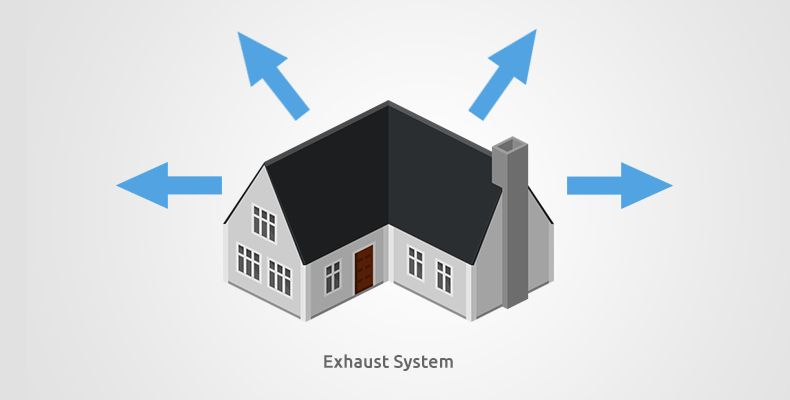
Because exhaust ventilation systems are designed strictly to expel air, they are not an ideal solution in hot or humid climates. Constantly expelling air from a conditioned environment and drawing in unconditioned air from the exterior is inefficient, costly, and can lead to energy penalties for the building.
Therefore, exhaust-only ventilation is best suited for more stable climates with low humidity. But, as a budget-friendly option, it’s often a good idea to explore this option first.
2. Supply-Only Ventilation Systems
Where exhaust-only ventilation systems push polluted air out of a building, supply ventilation systems bring fresh air in.
Supply ventilation systems, on the other hand, are designed to dilute pollutants in the air within the interior environment. In other words, where exhaust-only ventilation systems push polluted air out of a building, supply ventilation systems bring fresh air in.
Supply systems offer better control than exhaust systems over managing the pollutants present in incoming air. This is because supply systems use vent fans to create a pressurized system within the interior environment, with specified locations to obtain fresh outdoor air (exhaust systems operate based on a depressurized environment, relying on passive/uncontrolled entry of fresh air).
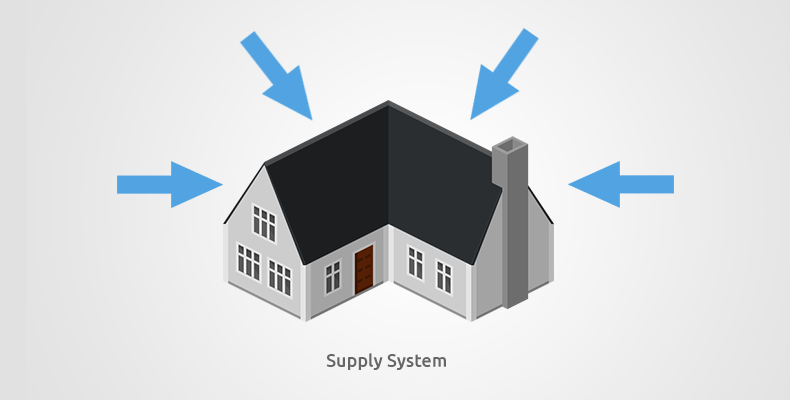
However, supply systems do not offer much more than exhaust systems in terms of conditioning or removing moisture from incoming air, and can raise heating or cooling costs depending on the outdoor climate.
Therefore, as another simple and inexpensive approach, supply-only ventilation is often worth initial consideration in mild, low-humidity climates.
3. Balanced Ventilation Systems
Considering both the advantages and drawbacks of exhaust and supply ventilation systems, the best ventilation strategy for a project is often combing the two into a balanced system.
Balanced ventilation systems use vent fans to actively exhaust polluted indoor air and actively draw in fresh, outdoor air in a controlled ratio.
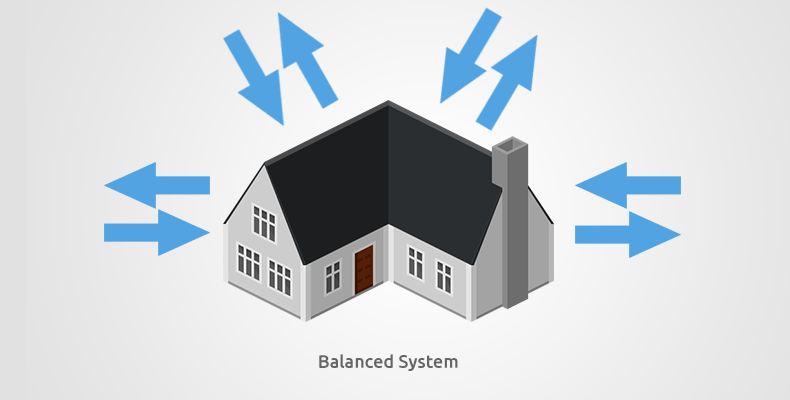
Unfortunately, because these systems require more fans and ducts than supply-only or exhaust-only approaches, they tend to be more costly.
However, balanced ventilation offers some key advantages that make the expense worthwhile.
- 1. Balanced systems save on energy usage in the long run.
- By coupling a balanced approach with an energy recovery or heat recovery ventilator (ERV or HRV), incoming air can be conditioned and dehumidified, saving on heating and cooling expenses for the home, while simultaneously improving indoor air quality.
- 2. Balanced ventilation systems are appropriate for all climate zones.
- With the ability to condition and humidify the interior environment while actively controlling the expulsion of polluted air, a balanced system creates a building that truly “breathes” appropriately with the dynamics of the exterior environment, regardless of the climate.
Getting Started With Your Ventilation Strategy
An investment in the proper ventilation strategy is an investment in the future of any building.
Mechanical ventilation is an essential part of a healthy home. A proper balance of indoor air quality and corresponding energy savings, while perhaps not “visible” during the design process, become extremely evident after move-in.
That’s why an investment in the proper ventilation strategy is an investment in the future of any building.
If you’re ready to improve the air quality of your buildings, take a look at the following mechanical ventilation systems that can help you do just that.
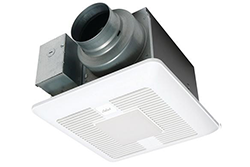 WhisperGreen Select™ provides a customizable all-in-one exhaust fan and fan-light combinations for clean and healthy indoor environments.
WhisperGreen Select™ provides a customizable all-in-one exhaust fan and fan-light combinations for clean and healthy indoor environments.
Learn More | Download BIM/Revit
Intelli-Balance™ 100 Energy Recovery Ventilator (ERV) is a customizable balanced air solution that provides clean indoor air quality and lets you choose airflow with balanced, positive or negative pressure.
Learn More | Download BIM/Revit
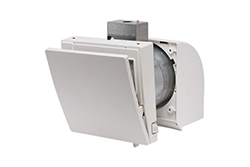 WhisperSupply is the only supply fan that cleans the air as it comes in. WhisperSupply filters outside air through a Merv 8 filter to a deflector that pushes air up and around the walls to avoid drafts and improve comfort.
WhisperSupply is the only supply fan that cleans the air as it comes in. WhisperSupply filters outside air through a Merv 8 filter to a deflector that pushes air up and around the walls to avoid drafts and improve comfort.














